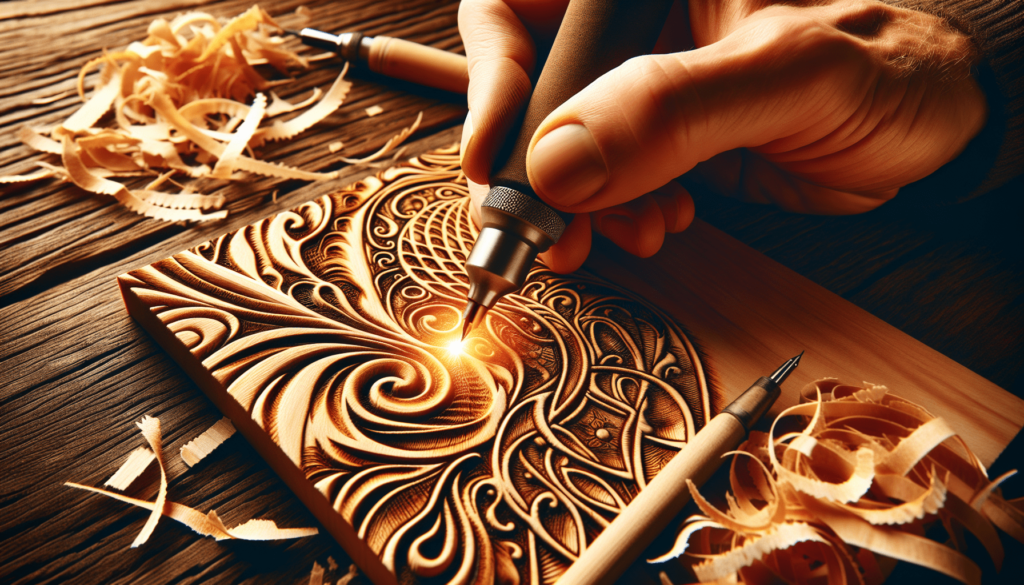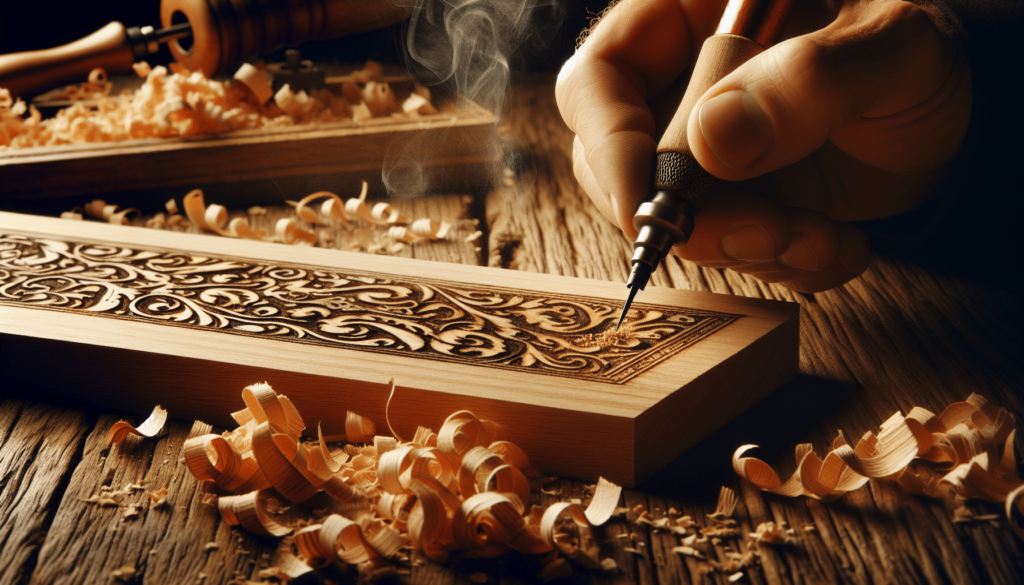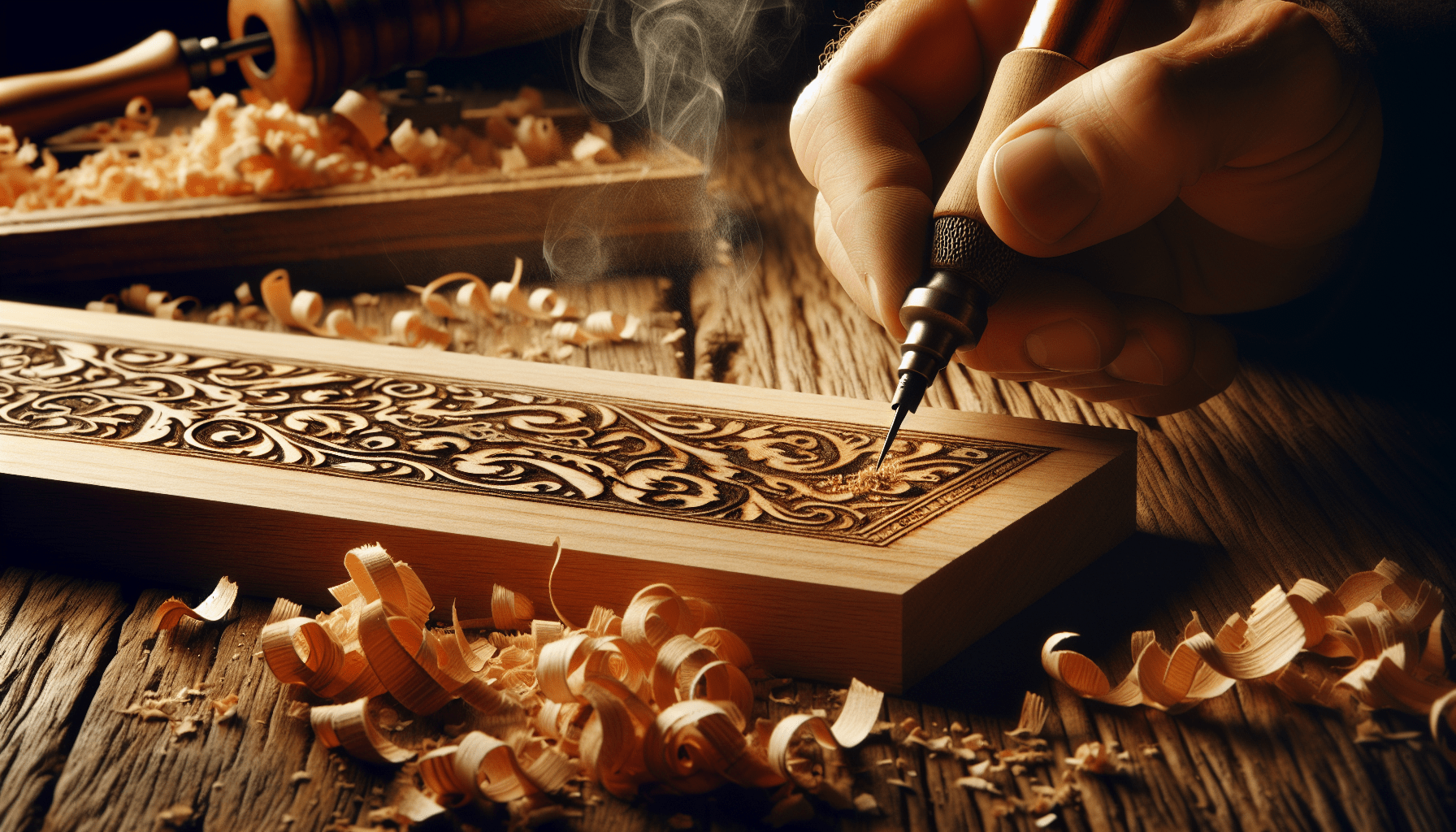When I first delved into the world of wood art, I discovered a fascinating term that sounded like something out of an ancient manuscript—pyrography. This is the technical name for wood burning. Pyrography is an age-old art form where one uses a heated tool to burn designs onto wood surfaces, creating intricate artwork with varying shades of brown. The name itself is derived from the Greek words “pyro” meaning fire and “graphos” meaning writing. As I learned more about this craft, I found it captivating how something as simple as a piece of wood and a hot pen could produce such beautiful and detailed designs. What is the technical name for wood burning?
Aha! You’ve stumbled on one of those quirky little questions that I find endlessly fascinating. I’ve often wondered what the technical name for wood burning is. I mean, we all know what it looks like—an artist meticulously etches out intricate designs on a slab of wood with the help of a heated tool. But what is it truly called? Is it just “wood burning” or does it have a fancy, science-y name? So, let’s dive in, shall we?

What Is Pyrography?
The Art Behind the Flame
The short answer to our burning question (no pun intended) is “pyrography.” Derived from the Greek words “pur” (fire) and “graphos” (writing), pyrography essentially means writing with fire. Doesn’t that sound dramatic and kind of romantic? Imagine sitting in front of a roaring fire with a piece of wood and a hot iron, crafting your masterpiece, as if you’re some kind of medieval artisan. Ah, the sheer artistry of it!
A Walk Down History Lane
The history of pyrography is pretty much as old as time, or at least as old as fire itself. Ancient cultures like the Egyptians and Romans used basic tools heated over open flames to decorate wood and leather. Fast forward through the centuries, and pyrography has gone through quite the evolution. Today, we have specialized wood-burning pens (we’ll get to those in a bit) that offer a level of precision those ancient artisans could only dream of.
The Tools of the Trade
The Modern Pyrography Pen
So, what do you use to practice pyrography? I’m glad you asked! When I first delved into this, I pictured some medieval blacksmith workshop. Turns out, it’s not quite that dramatic. The primary tool is a pyrography pen, also called a wood-burning pen. There are two main types: solid-point burners and wire-nib burners.
| Type | Description | Advantages |
|---|---|---|
| Solid-Point Burners | Fixed tips, similar to a soldering iron | Durable, great for beginners |
| Wire-Nib Burners | Interchangeable tips, heats up quickly | More versatile, better for advanced work |
Additional Gadgets and Gizmos
Of course, the pen is just the beginning. Some pyrotechnic aficionados—can we call ourselves that? It sounds rather splendid—also use stencils, rulers, and sandpaper to ensure their projects come out just right. Let’s not forget safety gear either. Trust me, you don’t want to end up in a dramatic “burn injury” story when you’re supposed to be making art. Safety glasses and a well-ventilated workspace are your best friends here.
Techniques and Styles
The Basics of Wood Burning
Let’s start with the nuts and bolts. Basic techniques involve writing, shading, and texturing. Each technique requires its own level of skill and patience. It’s akin to learning how to cook: first, you have to get the basics down. Nobody starts with a soufflé; well, not successfully, anyway.
Shading and Detailing
One of the fascinating things about pyrography is how shading can add depth to your work. Different tip shapes and varying pressure can create gradients that make your piece pop. It’s like the difference between a pencil sketch and a fully colored portrait. The more you burn (pun absolutely intended), the better you get at controlling these nuances.
Types of Wood for Pyrography
Choosing the Right Wood
Not all wood is created equal, especially when it comes to pyrography. Some burn more clearly than others, and some are outright difficult to work with. Basswood and birch plyboard are popular choices due to their fine grain and light color, which show off the burn marks beautifully.
| Type of Wood | Characteristics | Best For |
|---|---|---|
| Basswood | Soft, light-colored, minimal grain | General use, beginners |
| Birch | Fine grain, light color | Detailed work |
| Pine | Softwood, sometimes has sap pockets | Budget-friendly projects |
| Maple | Harder wood, can burn unevenly | Advanced, detailed projects |
The Importance of Grain
When I first began, I chose the wood at random. Big mistake. It’s crucial to consider the grain of the wood. Woods with a fine grain and lighter color tend to result in better, cleaner burns. The grain direction can also affect your lines, so always do a little research (or a lot, if you’re like me) before starting your project.

Health and Safety Considerations
Ventilation
I can’t stress this enough: make sure you have excellent ventilation. Burning wood releases all sorts of particles and chemicals, and inhaling them is not a good idea. Investing in a good ventilation system or even taking your projects outdoors can be a game-changer.
Protective Gear
While we’re on the subject of safety, let’s discuss gear. Wearing a mask, gloves, and safety glasses should be second nature by now. Burns are no joke, and trust me, nothing ruins a perfect design like a trip to the emergency room.
Inspirations and Uses
From Hobby to Masterpieces
If you’re anything like me, the idea of transforming a piece of bland wood into a work of art is exhilarating. Whether you’re doodling or creating a masterpiece, the scope for creativity is endless. I’ve seen everything from whimsical cartoons to hyper-realistic portraits done in pyrography.
Functional and Decorative
Beyond artistic expressions, pyrography has practical applications too. Picture frames, tableware, signs, and even furniture can all become canvases for your burning ambitions. (And yes, the puns just keep coming.)
Conclusion
So there you have it, the technical name for wood burning is pyrography. From its ancient origins to its modern practices, it’s an art form that balances the primitive allure of fire with the intricate finesse of detailed design. Whether you’re interested in creating something basic or turning out intricate masterpieces, pyrography offers a range of possibilities. Now, go ahead and channel your inner artisan. And remember, safety first—because nobody wants to see a “pyrography-gone-wrong” headline.

